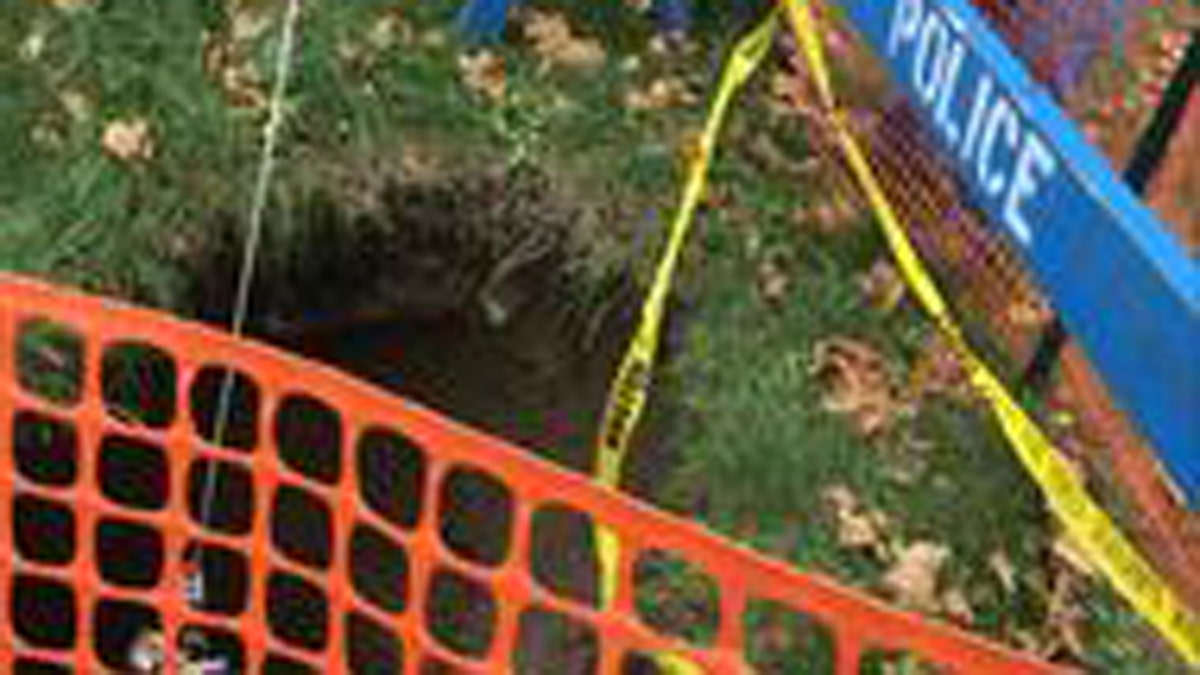Fox News Flash top headlines for December 15
Fox News Flash top headlines are here. Check out what's clicking on Foxnews.com.
Archaeologists in Boston have solved the mystery of a sinkhole that opened up in one of the city’s parks.
The sinkhole was discovered in Ronan Park in the Dorchester neighborhood earlier this month. The hole’s surface opening was 4 feet wide.
City of Boston archaeologist Joe Bagley completed a video inspection of the hole on Dec. 8 and concluded that it is a 19th-century well. “According to his preliminary findings the hole was originally a well associated with the house of Mary Pierce that would have been in use until the house received running water in the late 19th century,” explained the city of Boston, in a statement. “The house was demolished in 1912 to create the park, after the land was sold to the city.”
The hole was found to be 16.5 feet deep, which included 10 feet of “fill” from the 20th century. There were no remains of people or animals visible in the well, according to Bagley.
PURITANS' 'LUXURY ITEMS' UNEARTHED IN BOSTON
“Boston is an old city, with many mysteries still hiding under its surface,” he said, in the statement. “It's amazing to see this piece of an old Dorchester estate in a park. Open wells are, fortunately, very uncommon.”

The sinkhole was discovered in Ronan Park in Boston's Dorchester neighborhood. (City of Boston)
The well is 2.5 feet wide and was once deeper, according to the research, with Bagley estimating that it was once double its current depth. Soils, however, have collapsed into the well over time.
The hole is the third of its type documented by Bagley since 2016. “The hole will be filled in and re-seeded by the end of December,” said the City of Boston, in its statement. “The site’s archaeological value has been captured in the notes, photos, and videos recorded by the City’s archaeological team, and will add to the existing body of knowledge about how wells were constructed and where they were sited.”
CLICK HERE TO GET THE FOX NEWS APP
Boston continues to reveal new aspects of its rich history. In 2017, archaeologists in Boston unearthed surprising luxury items from the 17th century, shedding new light on the lives of Puritans in the city.
Follow James Rogers on Twitter @jamesjrogers





















